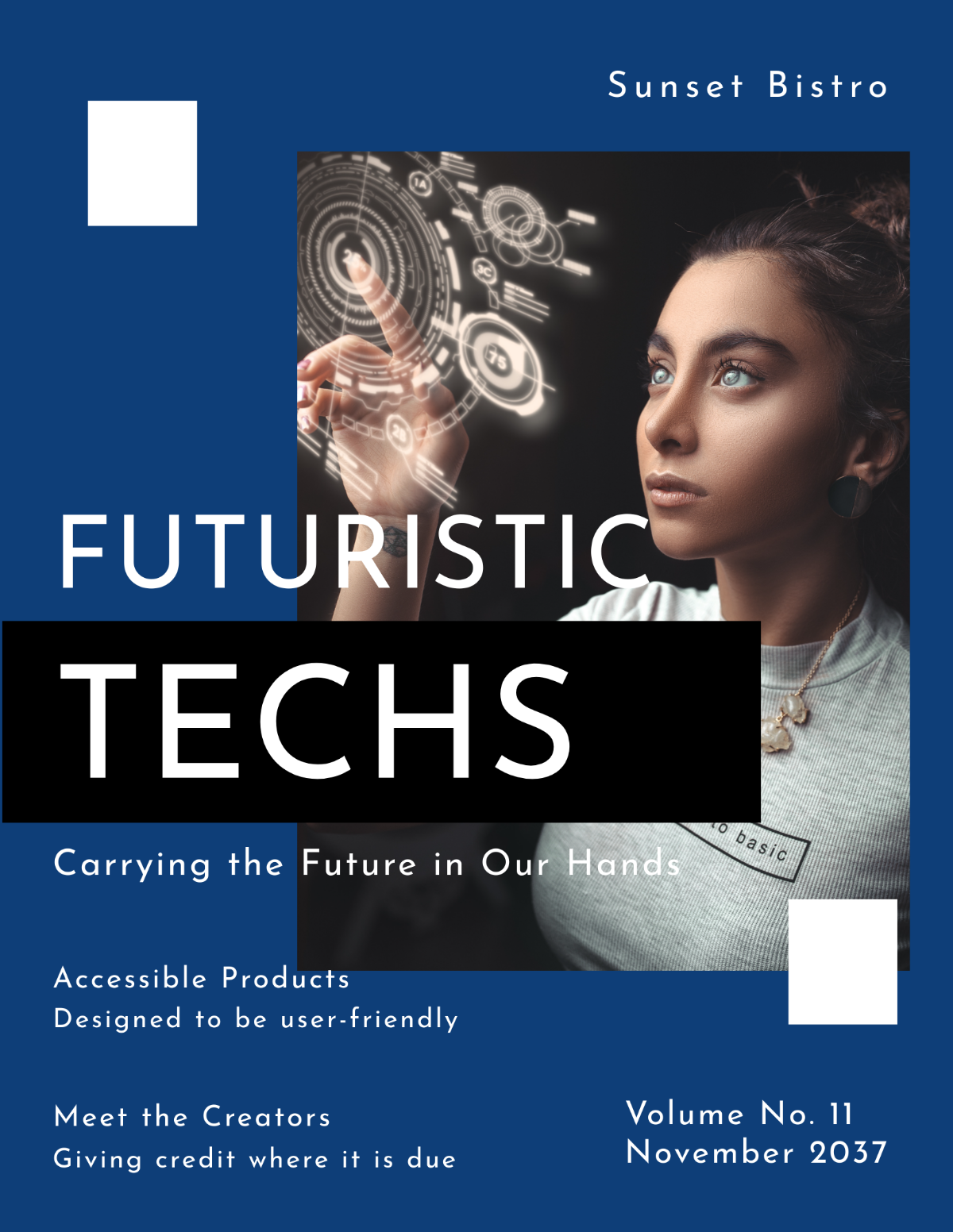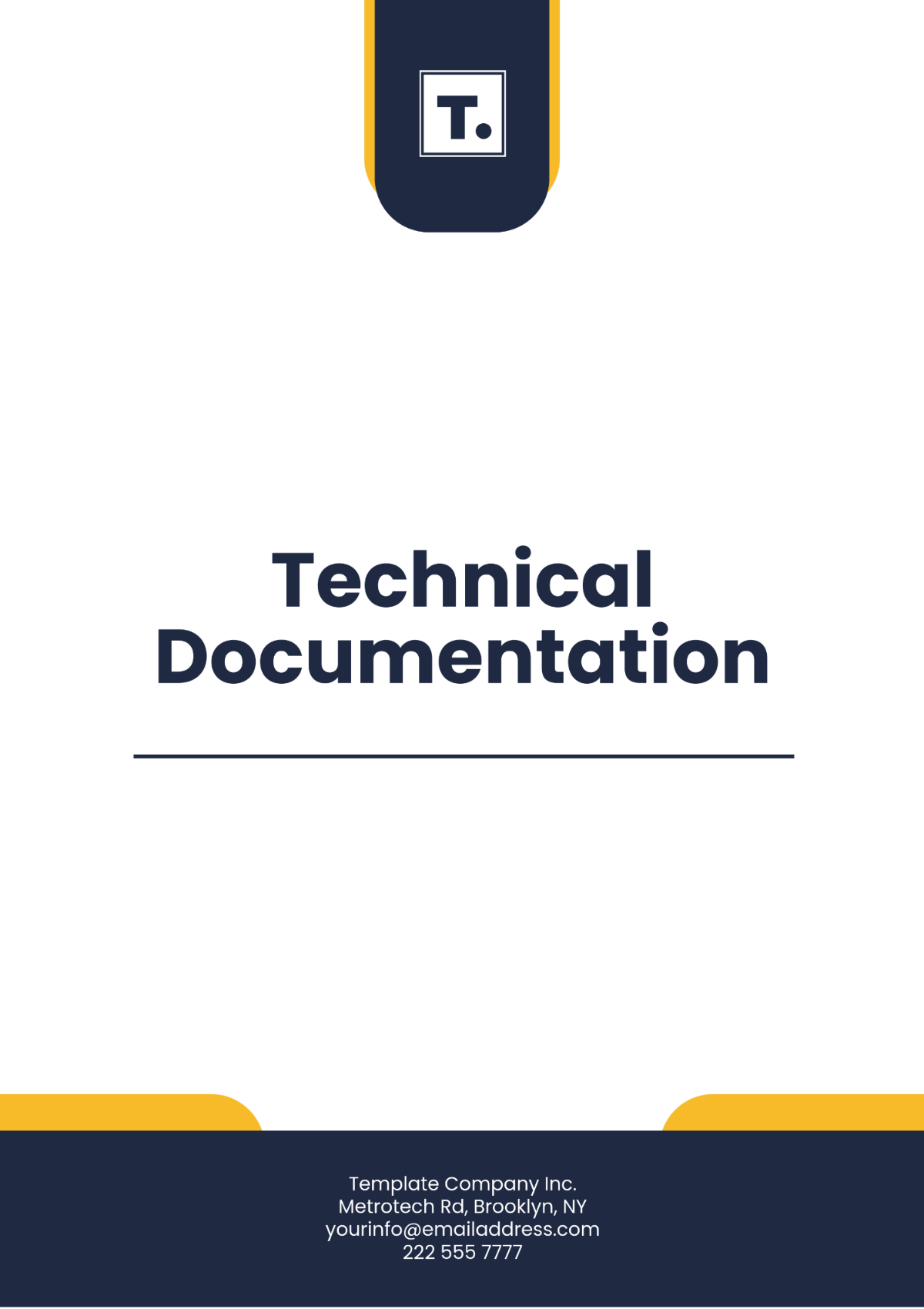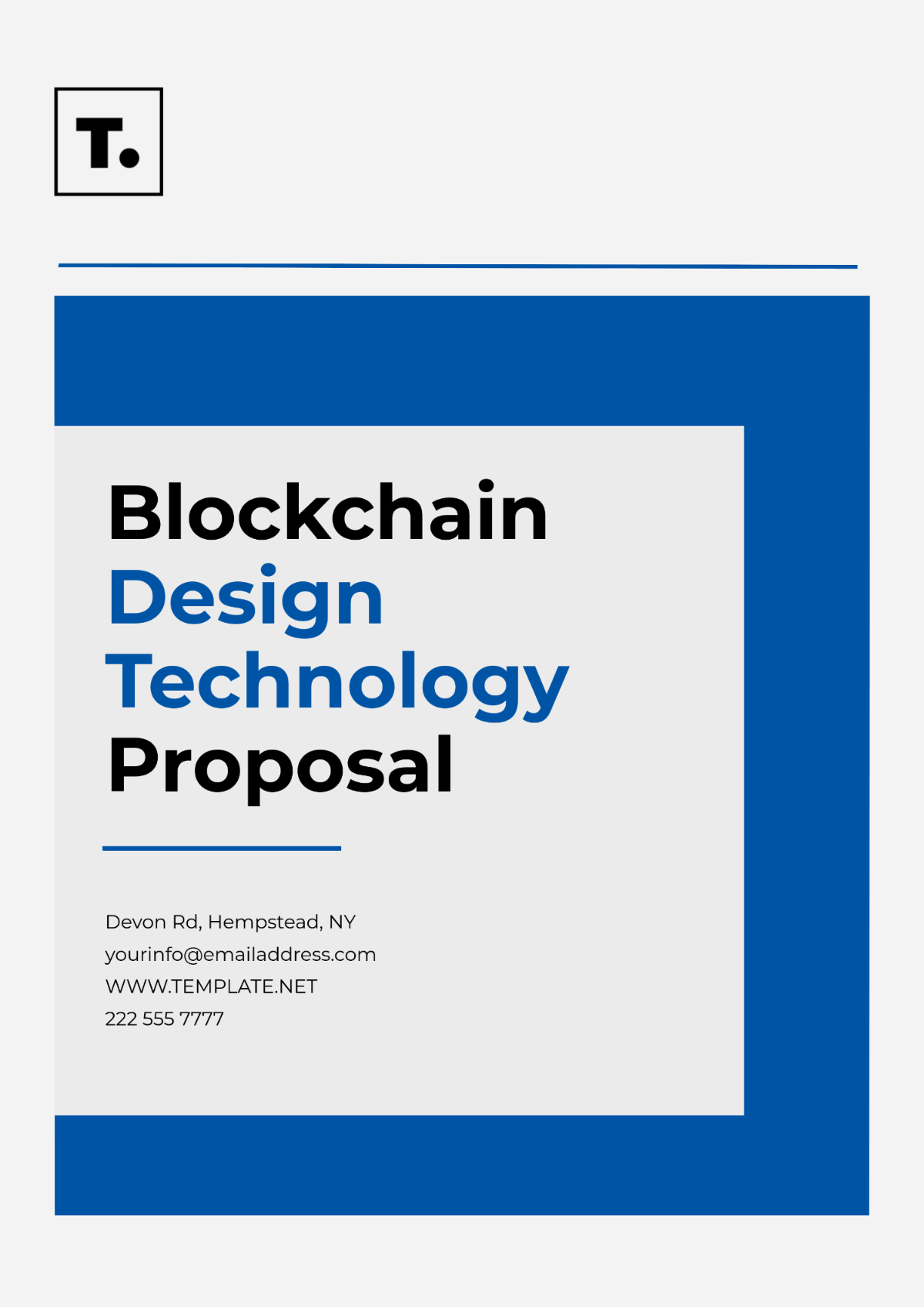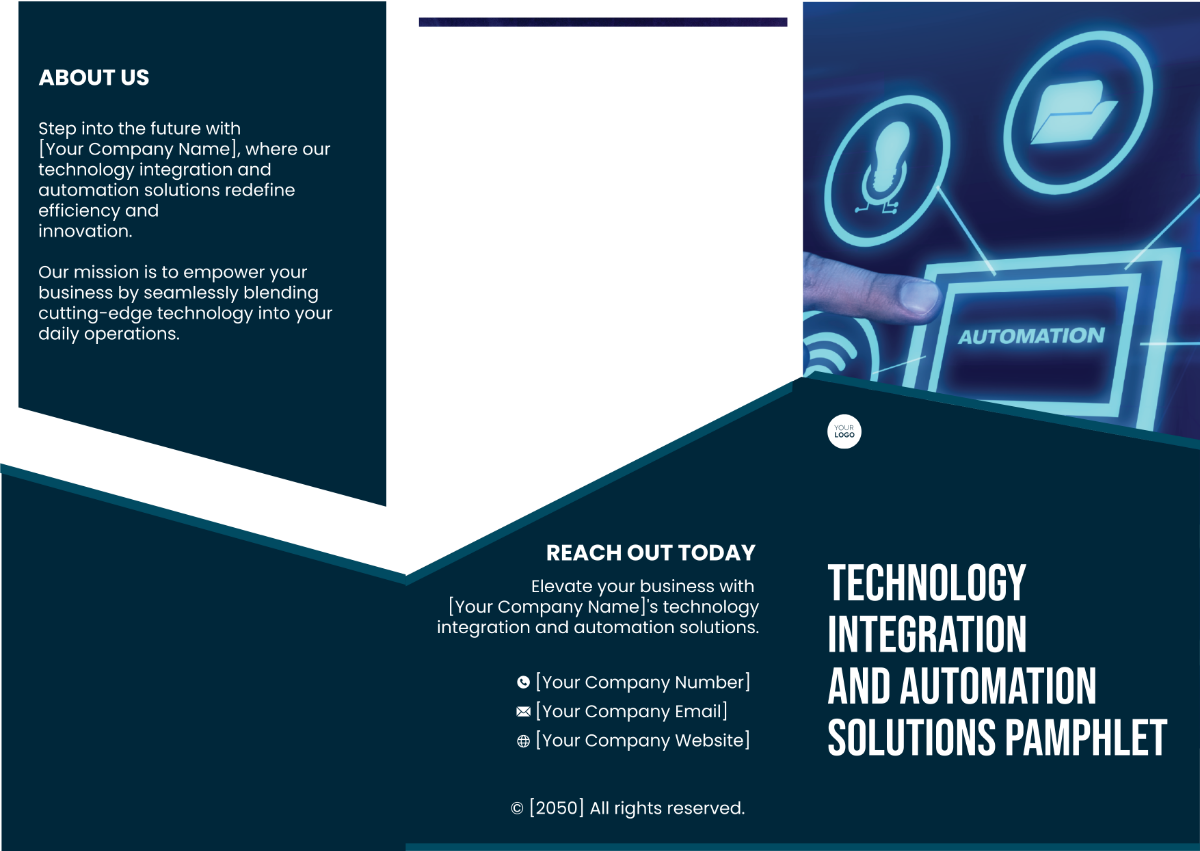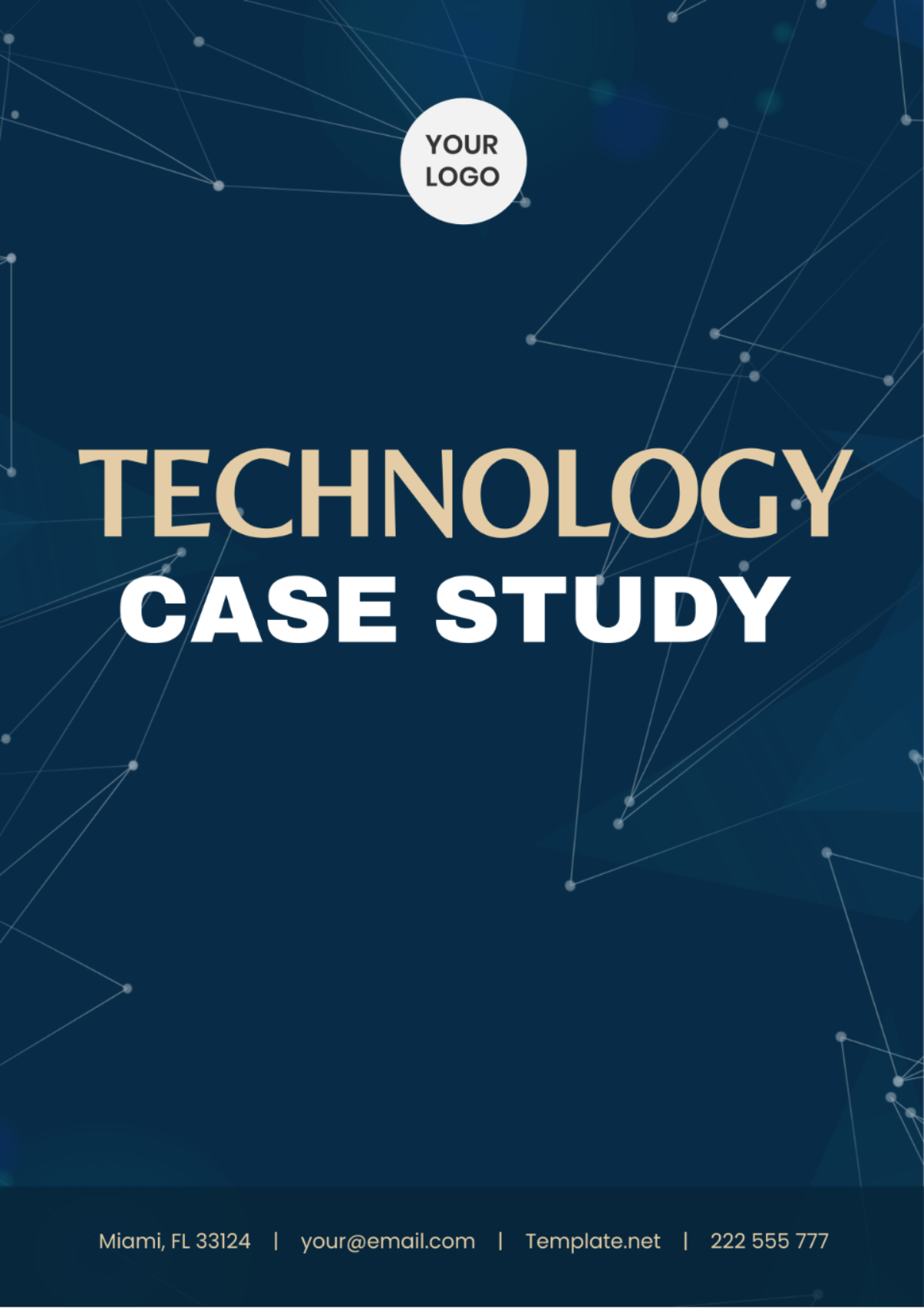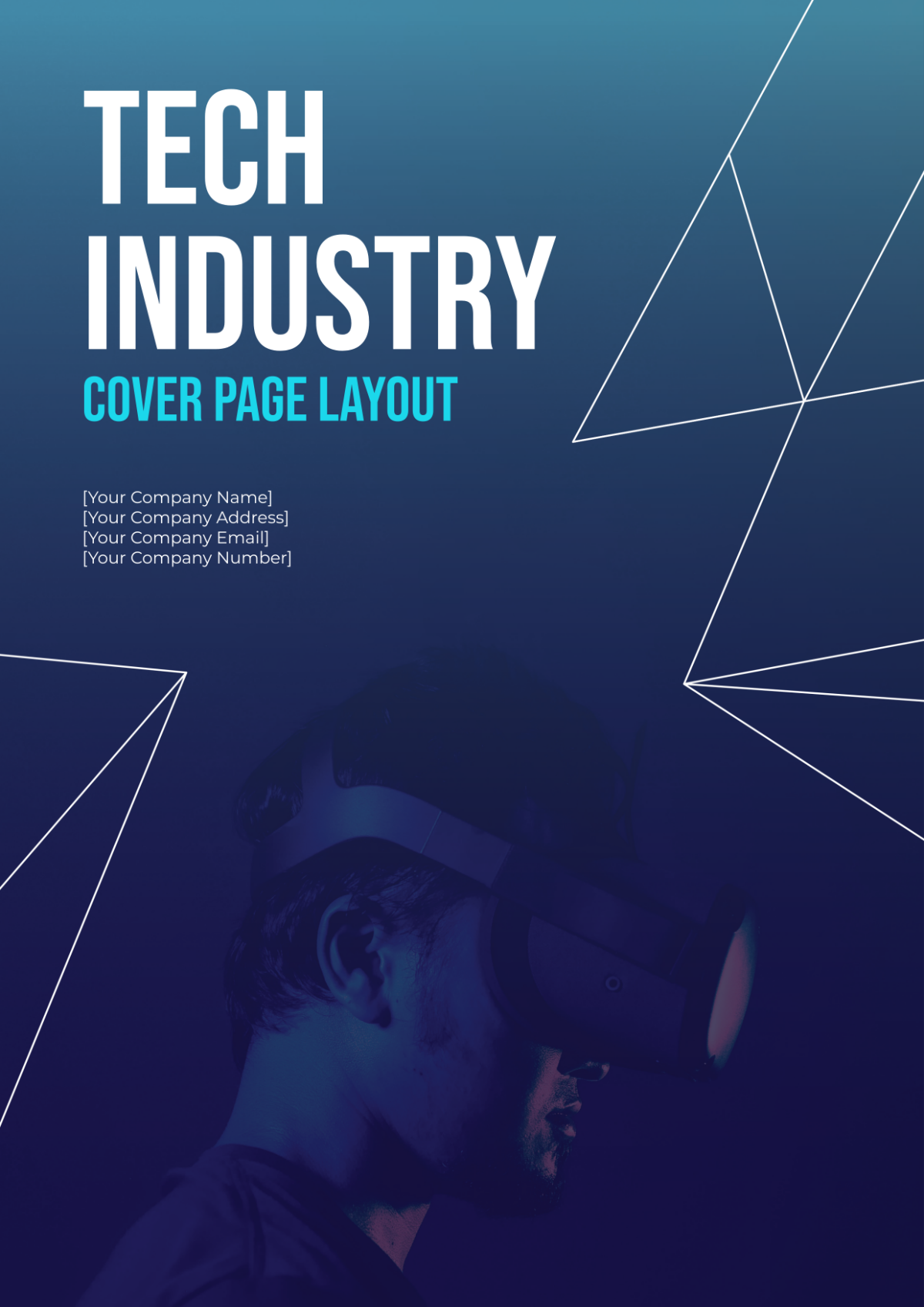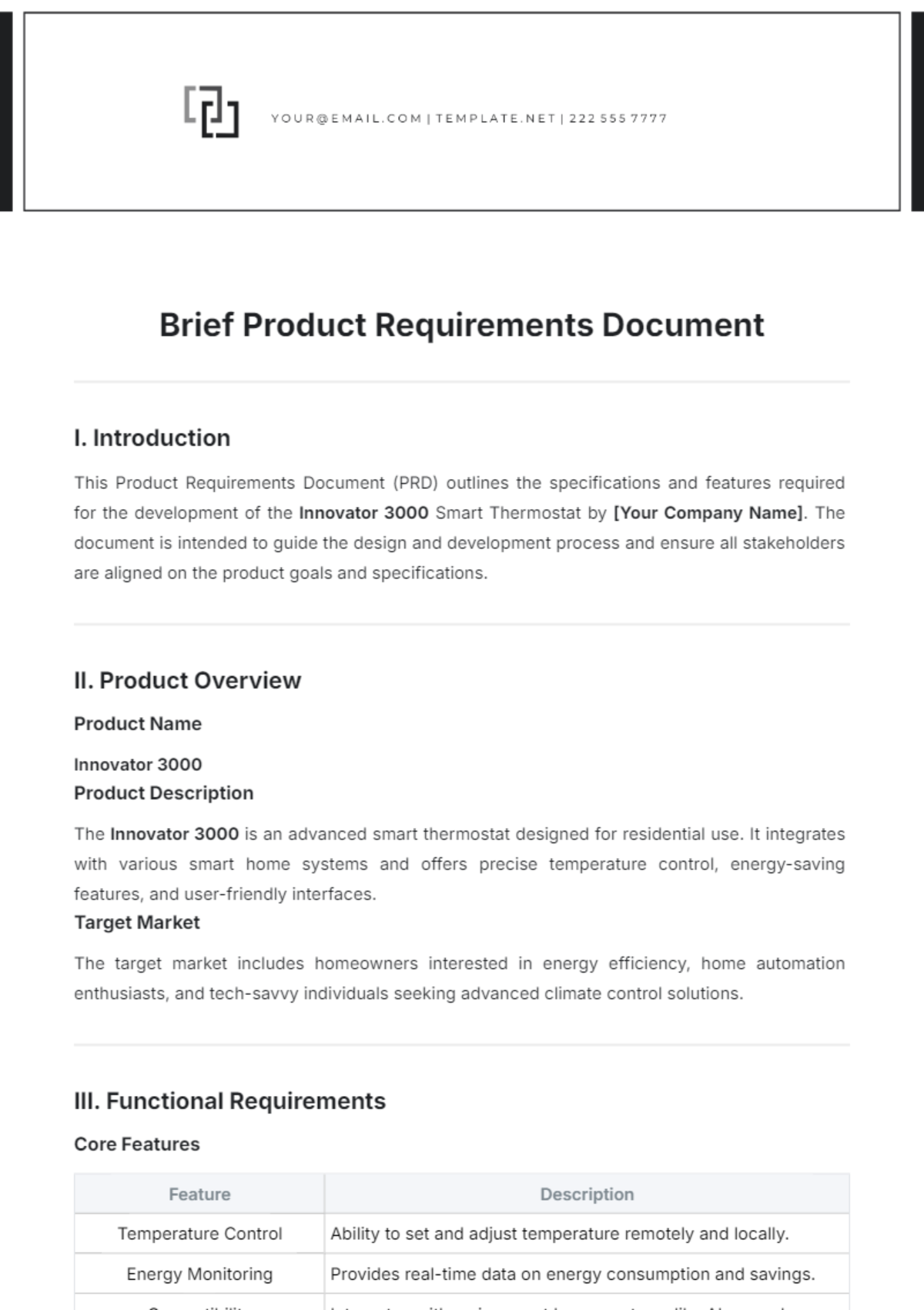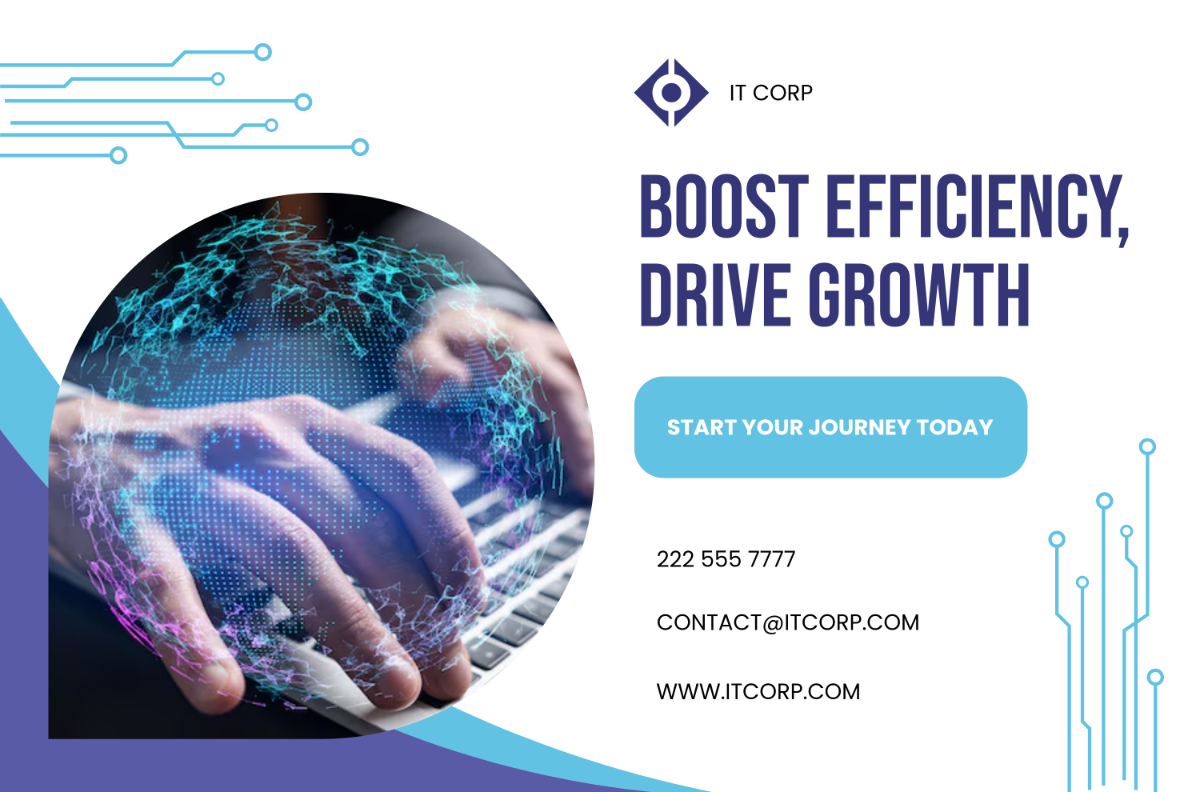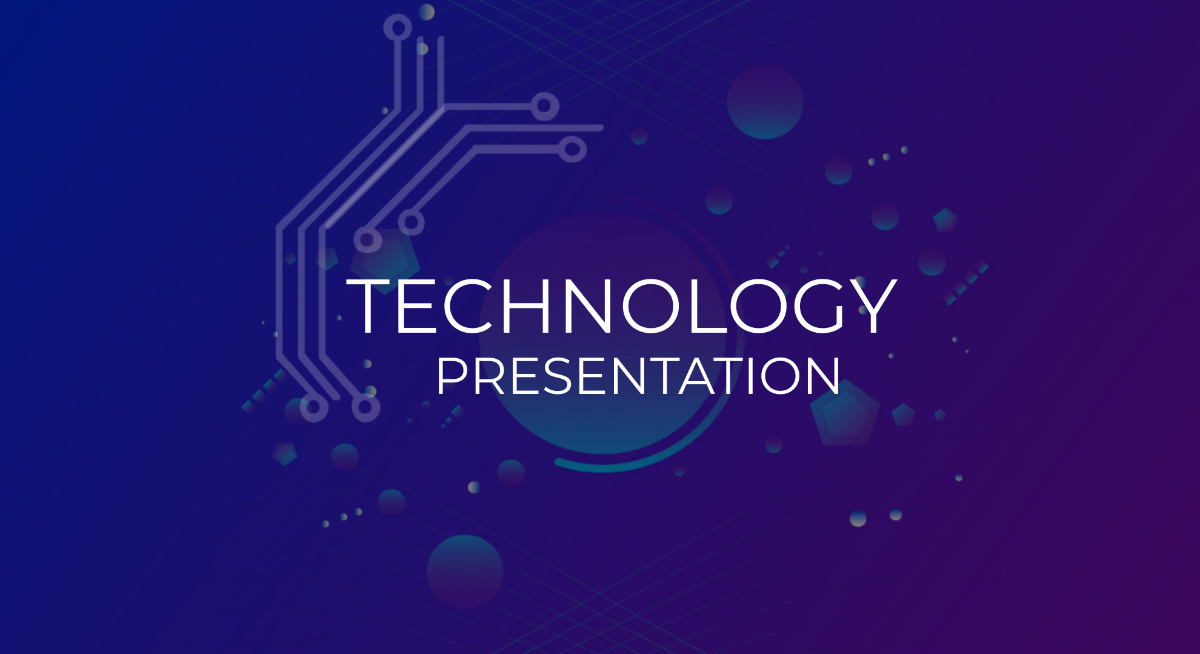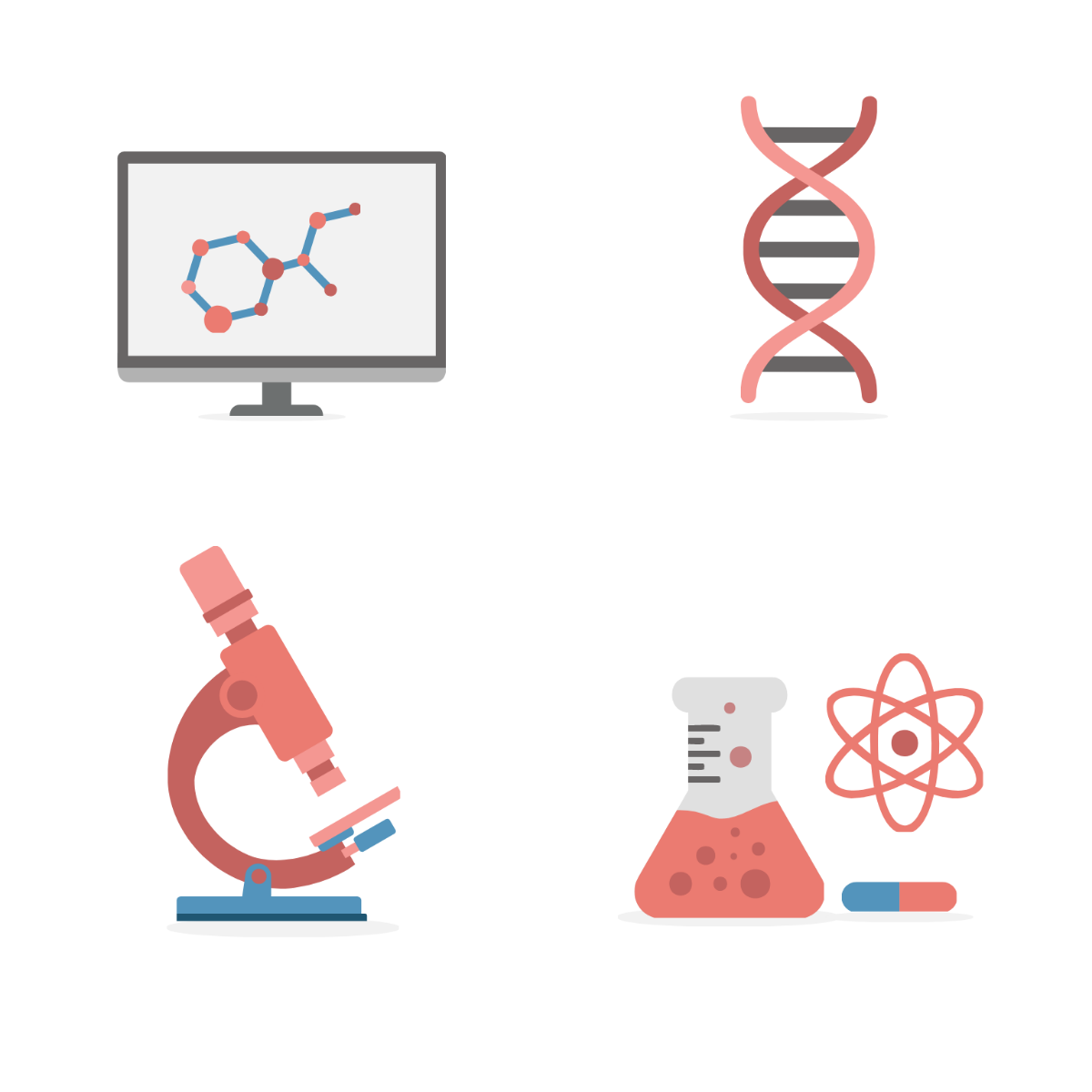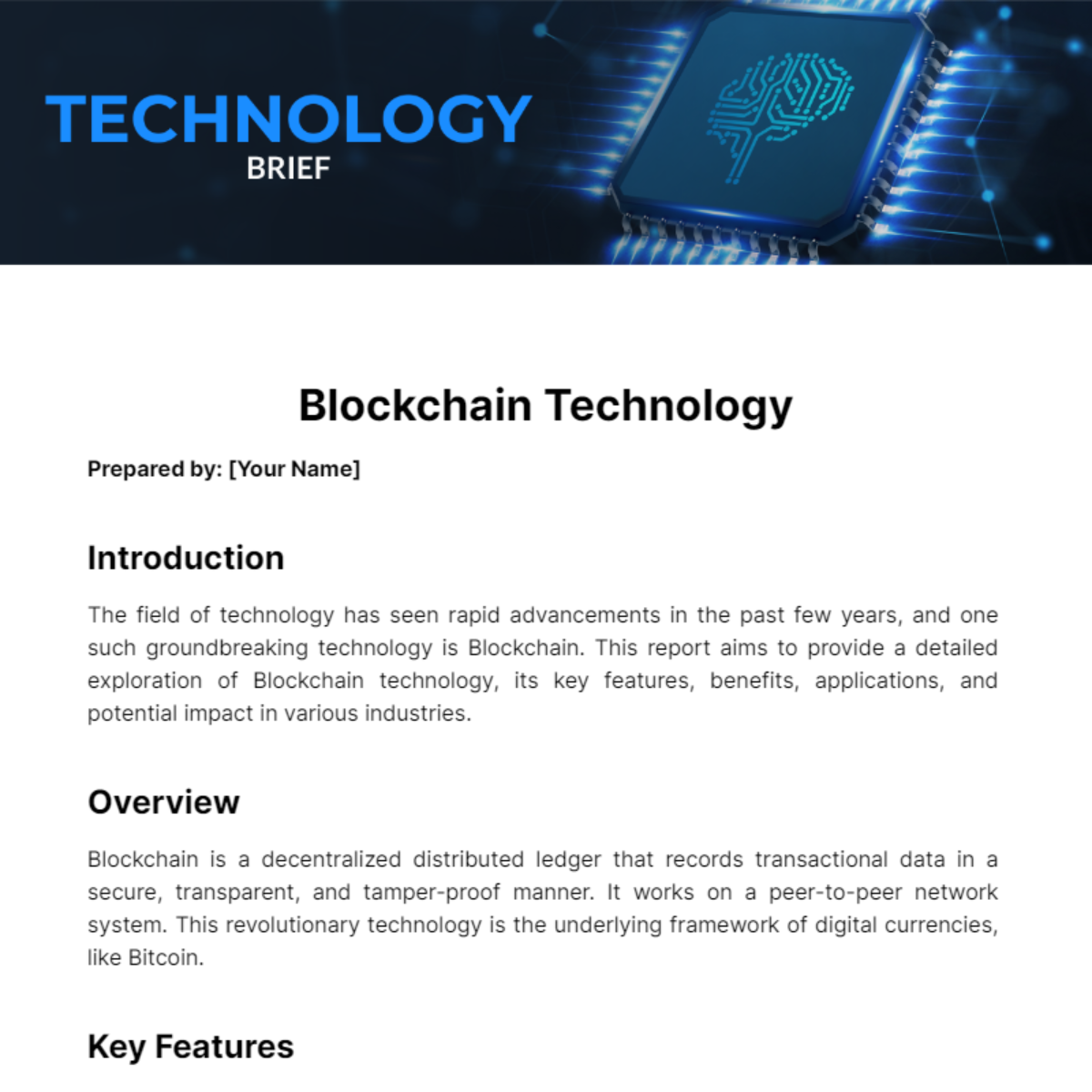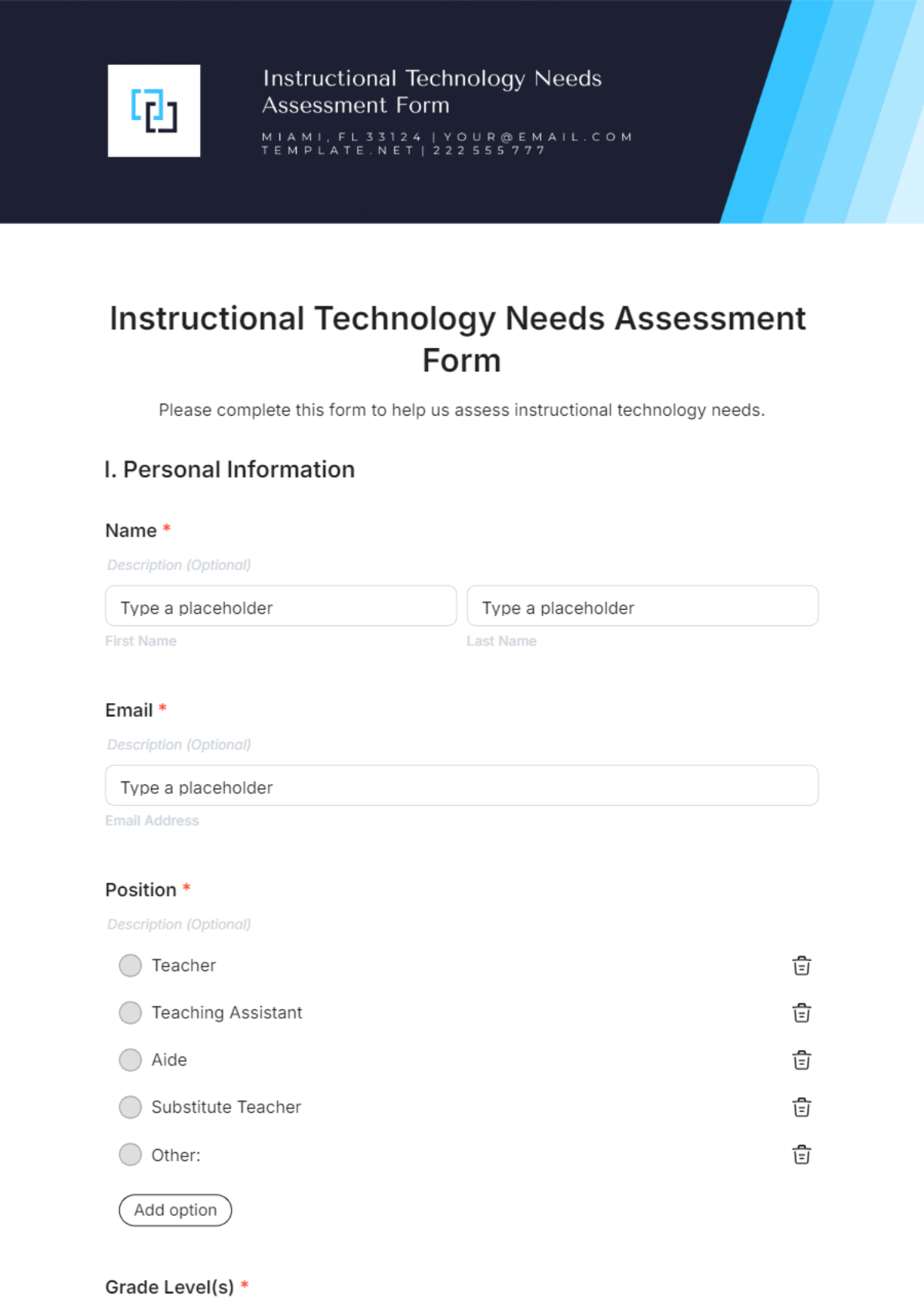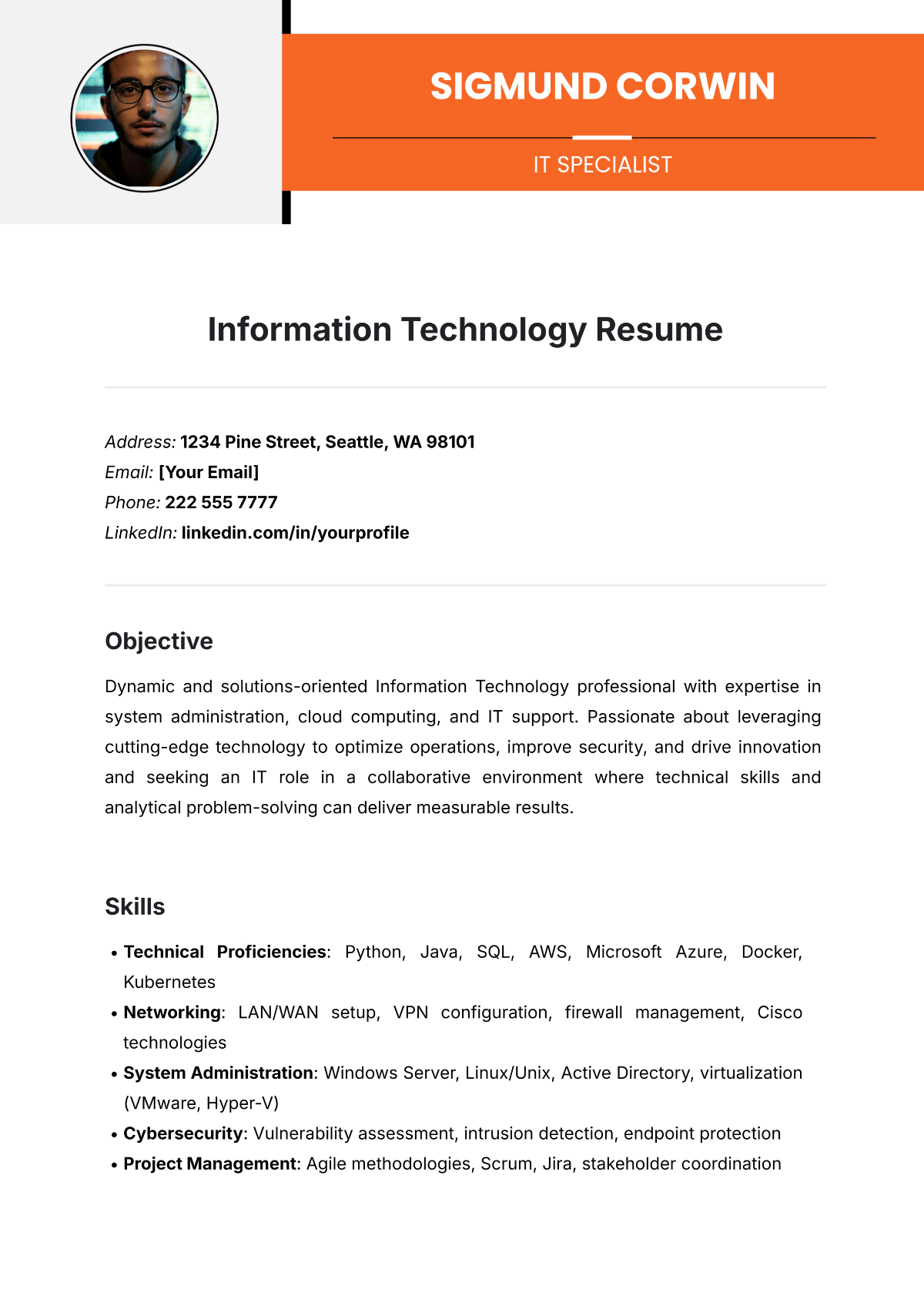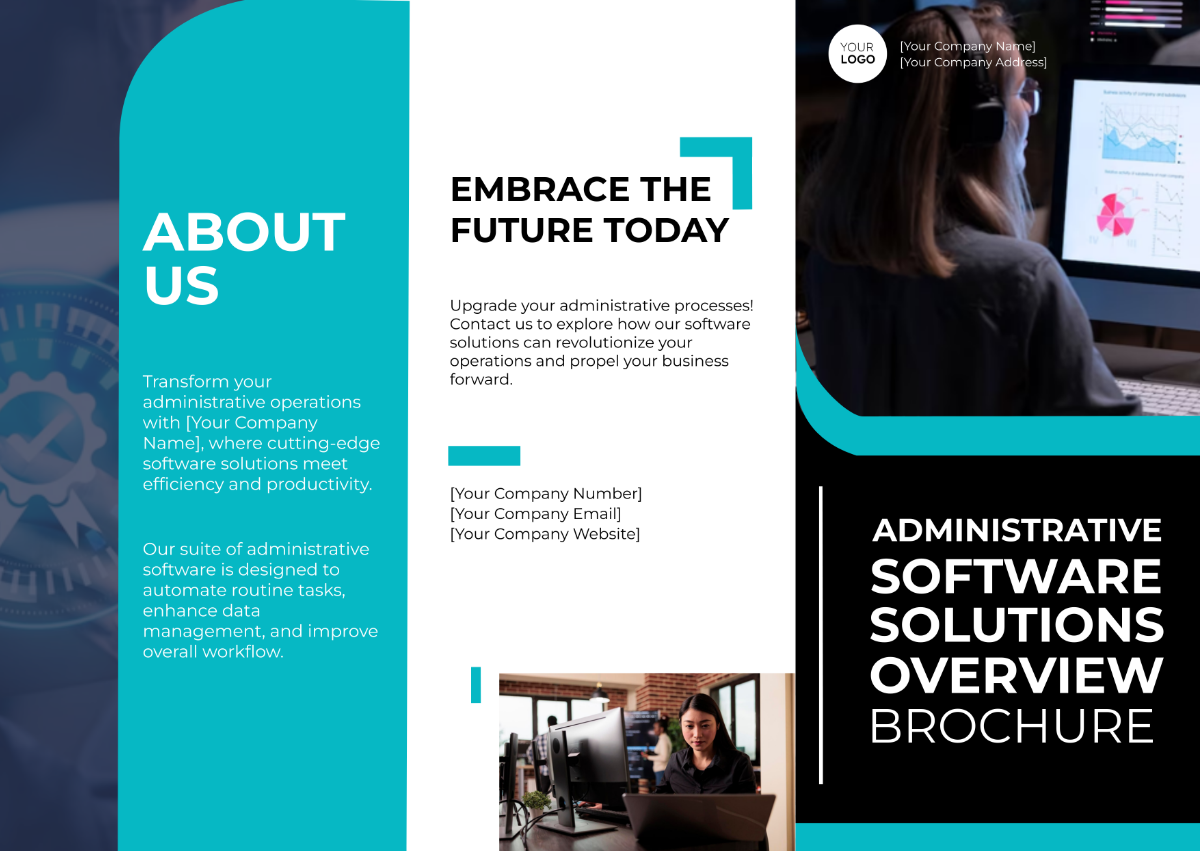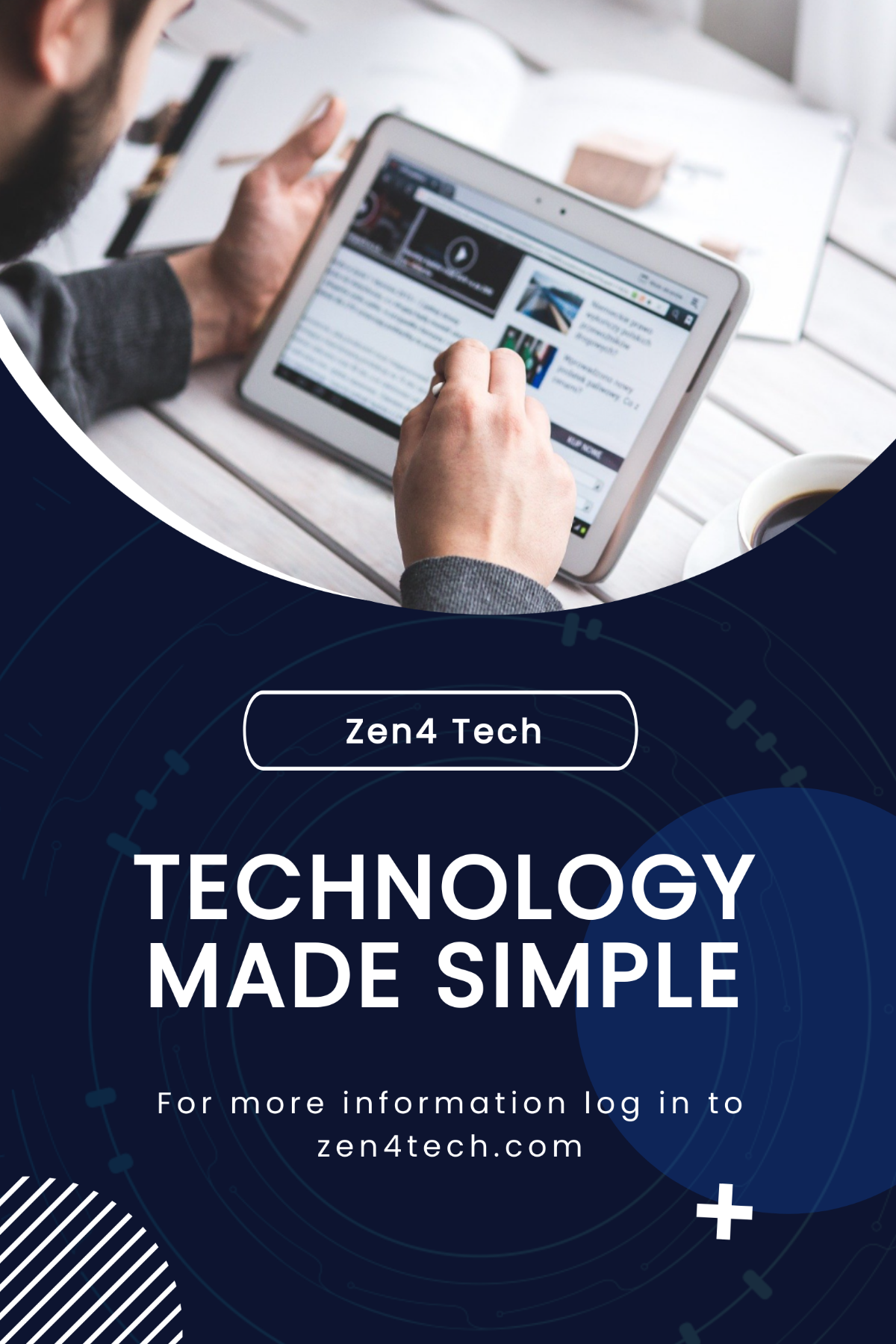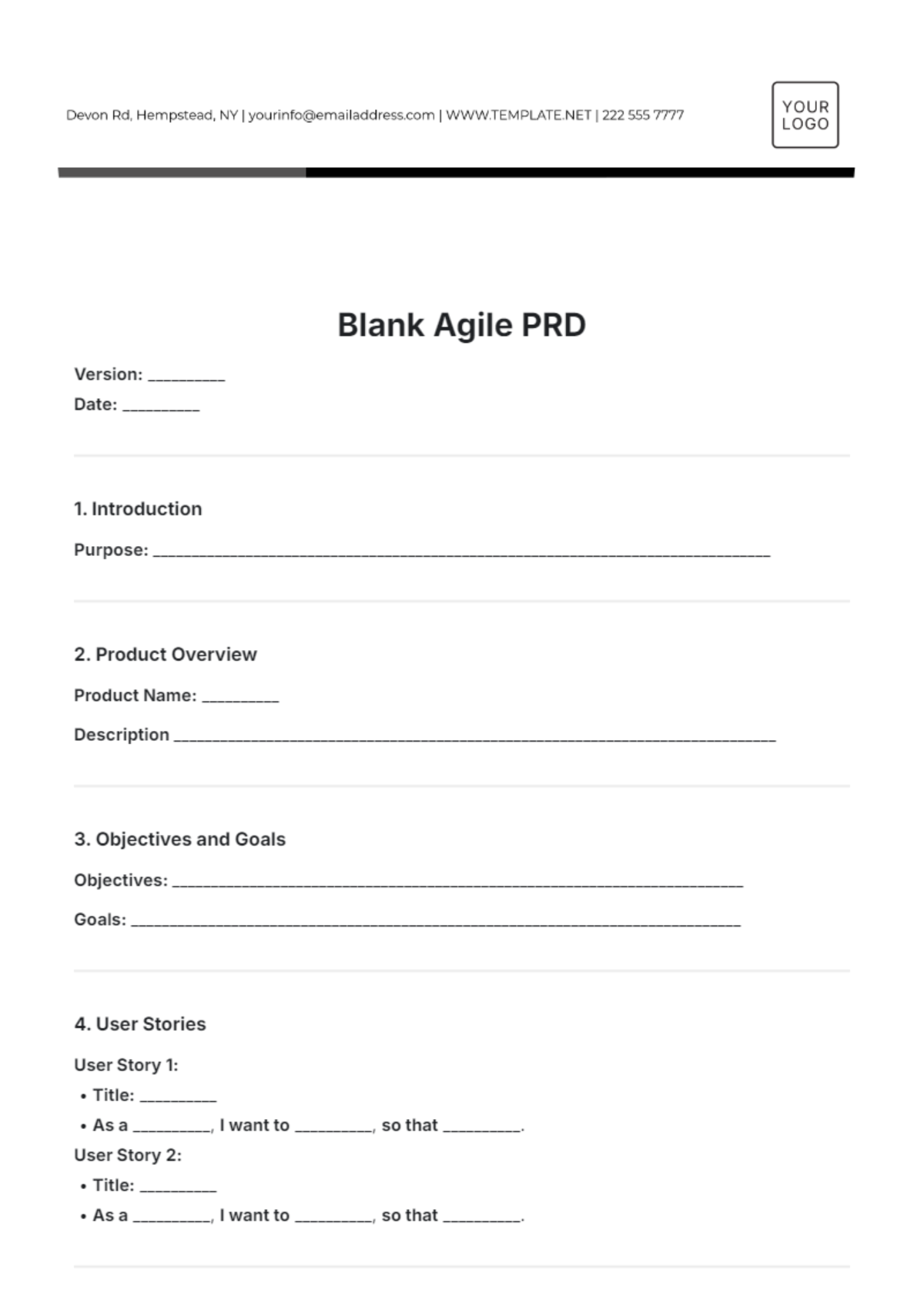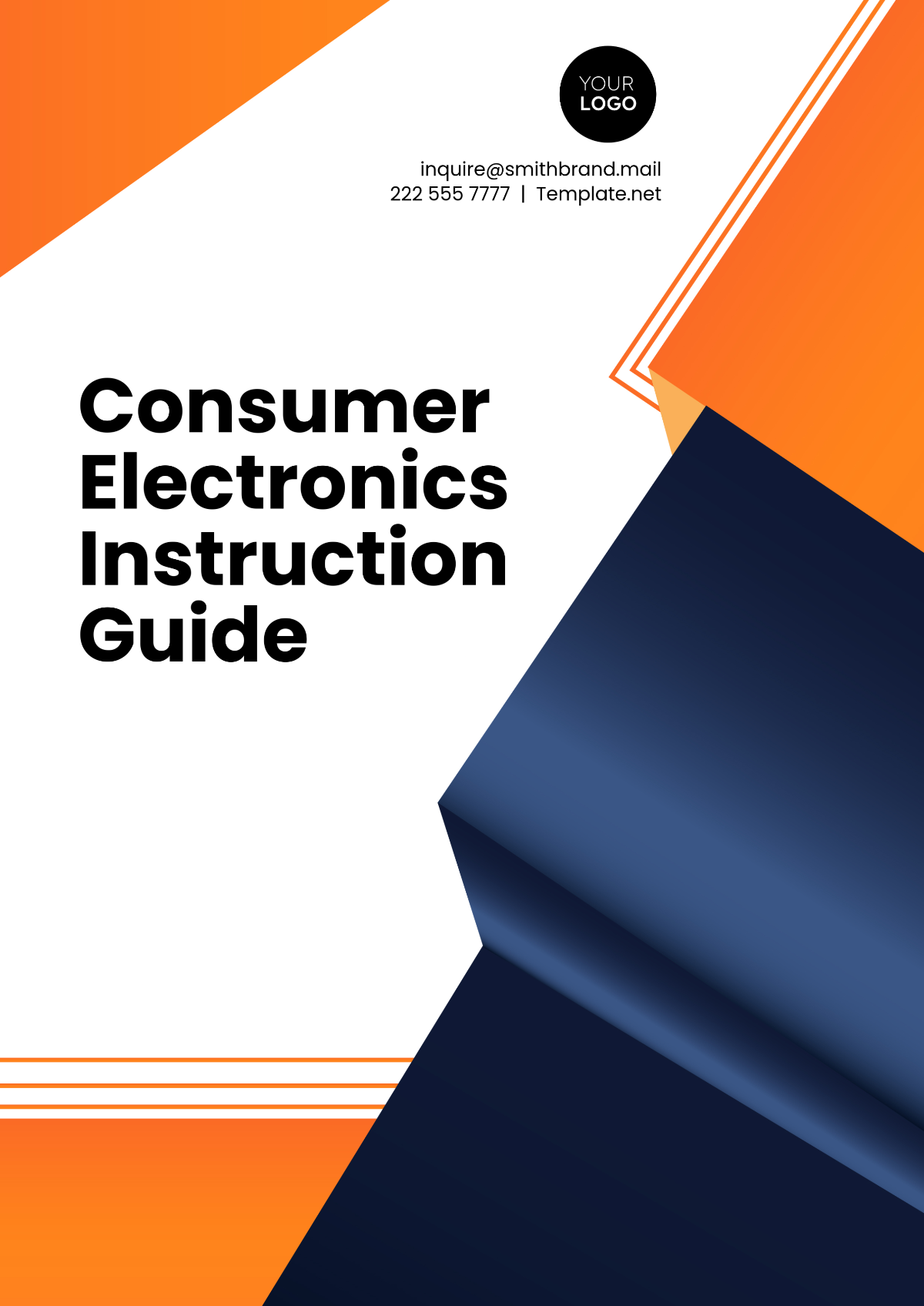Technology Systematic Review
Prepared by: [YOUR NAME]
Date: [DATE]
I. Introduction
With the rapid pace of technological advancement, a coherent and structured synthesis of existing research is crucial. This Technology Systematic Review aims to provide a comprehensive analysis of existing studies related to a specific technological field. The primary objectives are to identify, evaluate, and synthesize all relevant research to present an objective summary of the current state of knowledge, highlight areas needing further investigation, and inform future research or decision-making processes.
Research Questions:
Current Trends and Findings: What are the emerging technologies, key innovations, and predominant applications within the field?
Research Gaps: What areas are under-researched or lacking in depth, such as long-term impacts or demographic variations?
Implications for Future Research: How can the current findings influence future studies, technology development, and industry practices?
II. Methodology
The systematic review was conducted with a structured and rigorous approach to ensure comprehensive and unbiased results. The key steps included:
Defining the Research Question and Criteria:
Research Questions: Clear and focused questions were developed to guide the review, addressing core aspects of the technology field.
Inclusion/Exclusion Criteria: Criteria were set to include studies based on relevance, design, and publication date while excluding studies of low quality, irrelevance, or non-English language.
Conducting an Extensive Literature Search:
Database Selection: Searches were conducted in IEEE Xplore, PubMed, Scopus, and Google Scholar to capture a broad range of studies.
Search Strategy: A systematic approach using relevant keywords and Boolean operators was employed to identify relevant research.
Screening and Selection of Studies:
Initial Screening: Titles and abstracts of the various studies were meticulously examined and assessed to identify and exclude any studies that were either irrelevant to the research topic or duplicated in the dataset.
Full-Text Review: To ensure that they met the inclusion criteria, each eligible study underwent a thorough evaluation by being assessed in its entirety, including the full text.
Detailed Assessment of Eligible Studies:
Quality Assessment: Studies were evaluated for methodological quality, including design, sample size, and data collection methods.
Data Extraction: To ensure accuracy, key pieces of data were extracted by utilizing standardized forms.
Data Synthesis:
Qualitative Synthesis: The research findings were meticulously analyzed and then synthesized into a comprehensive summary to identify prevailing themes and valuable insights.
Quantitative Synthesis: Statistical methods, including meta-analysis, were used to analyze quantitative data and assess trends.
Review and Verification:
Consistency Check: Findings were reviewed for consistency, and discrepancies were resolved through cross-verification.
Expert Consultation: Throughout our investigation, we engaged various subject matter experts whenever necessary to ensure that our findings were thoroughly validated and accurate.
III. Results
The systematic review identified a total of 150 studies related to the selected technology field. Of these, 50 studies met the inclusion criteria and were included in the final analysis. The findings are summarized in the following sections, with detailed information provided in tables and charts.
A. Summary of Findings
Technology Development and Testing (20 studies): Technological advancements, prototype development, and data analysis from experiments.
Application and Impact (15 studies): Case studies and evaluations of technology in various sectors such as healthcare, finance, and manufacturing.
User Experience and Satisfaction (15 studies): Surveys, usability studies, and user feedback on technology performance and satisfaction.
B. Tables and Charts
Overview of Included Studies
Study ID | Author(s) | Year | Study Type | Key Findings |
|---|---|---|---|---|
001 | Smith, J. | 2052 | Experimental | Introduced a new algorithm with improved accuracy. |
002 | Lee, K., & Wang, L. | 2051 | Case Study | Analyzed technology applications in healthcare with positive outcomes. |
003 | Patel, R. | 2050 | Survey | Found high user satisfaction with new interface features. |
004 | Johnson, M. | 2054 | Review | Reviewed tech advancements and identified emerging trends. |
005 | Chen, A., & Kumar, R. | 2053 | Longitudinal | Assessed technology's long-term industry impacts, highlighting scalability issues. |
Distribution of study focus areas.
Trends in research publication over the last decade.
Year | Number of Publications |
|---|---|
2050 | 15 |
2051 | 18 |
2052 | 20 |
2053 | 25 |
2054 | 30 |
IV. Discussion
The systematic review has provided a comprehensive snapshot of the current state of research within the selected technology field. The analysis reveals several significant trends and areas for further exploration:
A. Emerging Technologies and Innovations
Technology Development and Testing: The review highlighted significant advancements in technology development, including new algorithms and experimental prototypes. These developments show promising improvements in accuracy and efficiency.
Application and Impact: Technologies are being increasingly adopted in various sectors such as healthcare, finance, and manufacturing. The positive outcomes reported in case studies indicate that these technologies have the potential to drive substantial benefits across multiple industries.
B. Research Gaps
Long-Term Impact: The review identified a need for more longitudinal studies to understand the long-term impacts of technology on industry practices. While some studies have assessed scalability, a deeper investigation into long-term effects is warranted.
Demographic Variations: There is a noticeable gap in research focusing on how different demographic groups interact with and are affected by technological advancements. This area requires more attention to ensure inclusive and equitable technology development.
C. Implications for Future Research
Influence on Technology Development: The findings suggest that future research should focus on refining emerging technologies based on user feedback and application outcomes. This could involve iterative testing and development to enhance performance and user satisfaction.
Industry Practices: Insights from the review can guide industry practices by highlighting successful applications and identifying areas where technology can be integrated more effectively. Collaboration between researchers and industry professionals could facilitate the translation of research findings into practical solutions.
V. Conclusion
The Technology Systematic Review has synthesized a broad range of studies, providing valuable insights into current technological advancements and their implications. Key findings include the identification of emerging technologies with potential for significant impact, as well as notable research gaps that need addressing. The review underscores the importance of continuous research to keep pace with technological evolution and to address under-explored areas. By focusing on these aspects, future research can contribute to more effective technology development and application, ultimately benefiting various sectors and enhancing overall technological progress.
VI. References
Smith, J. (2052). Introduced a new algorithm with improved accuracy. Journal of Technological Advances, 45(2), 123-134.
Lee, K., & Wang, L. (2051). Analyzed technology applications in healthcare with positive outcomes. Healthcare Technology Review, 32(4), 456-467.
Patel, R. (2050). Found high user satisfaction with new interface features. User Experience Journal, 29(1), 78-85.
Johnson, M. (2054). Reviewed tech advancements and identified emerging trends. Tech Trends Monthly, 50(5), 200-215.
Chen, A., & Kumar, R. (2053). Assessed technology's long-term industry impacts, highlighting scalability issues. Longitudinal Technology Studies, 38(3), 345-359.




